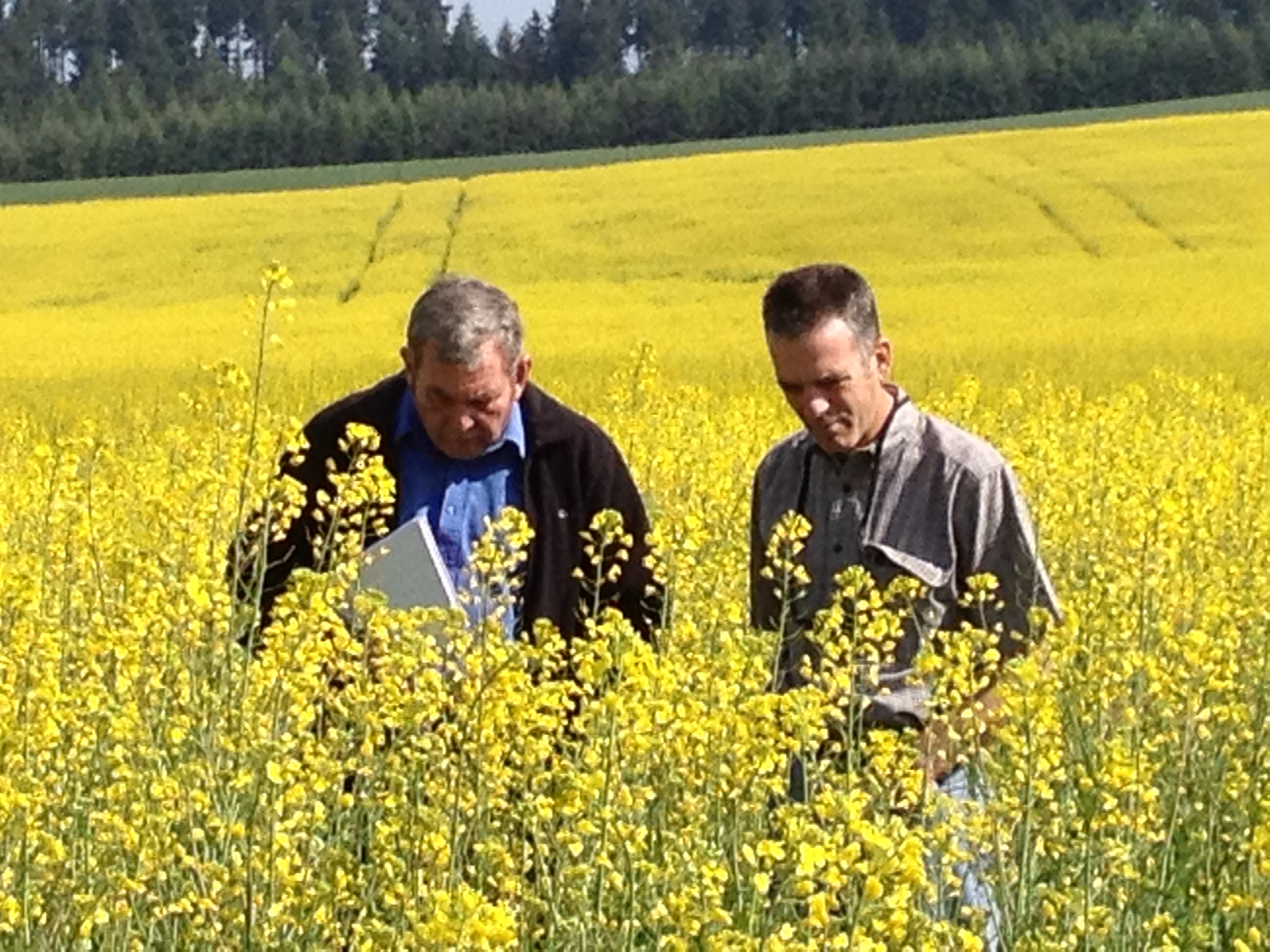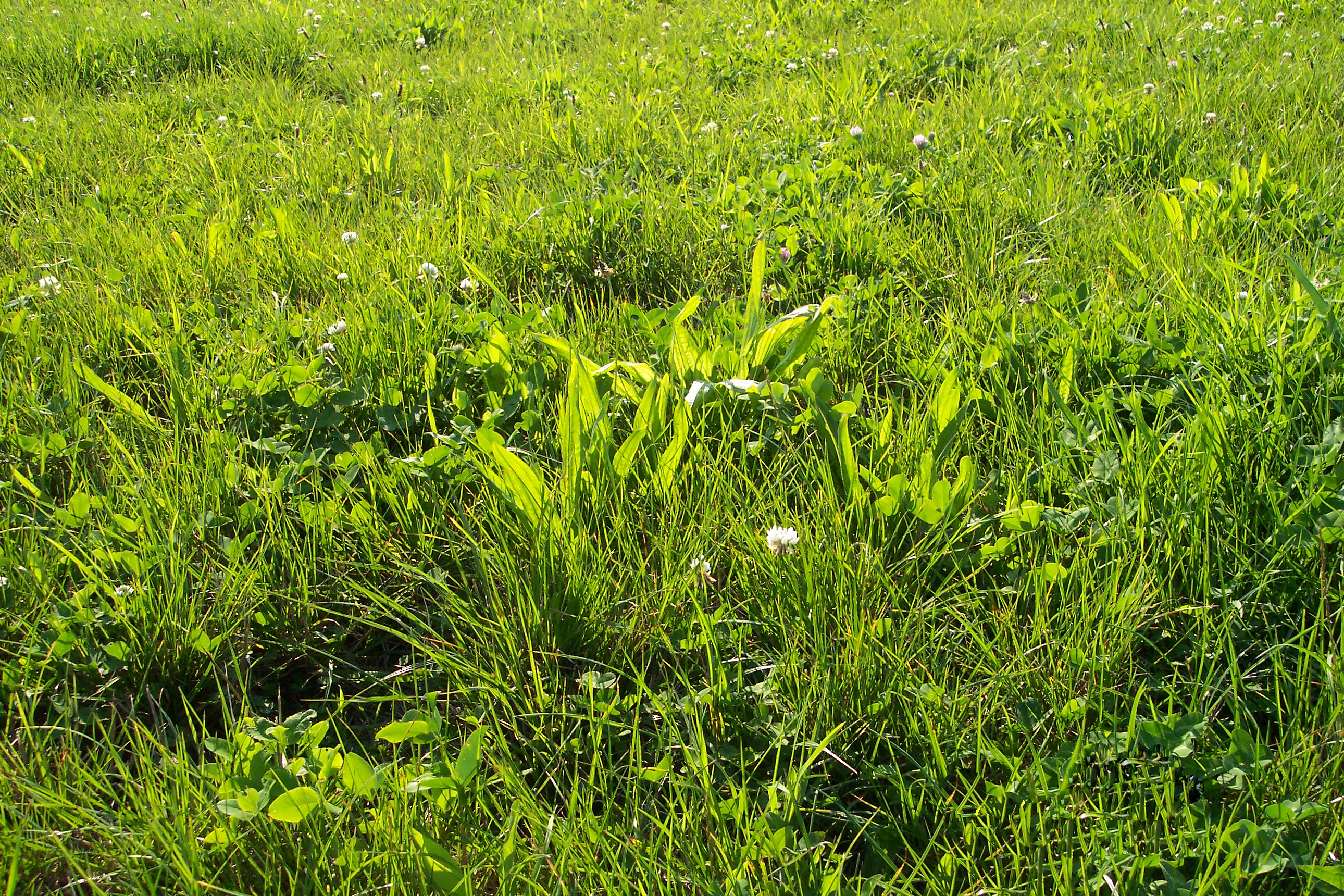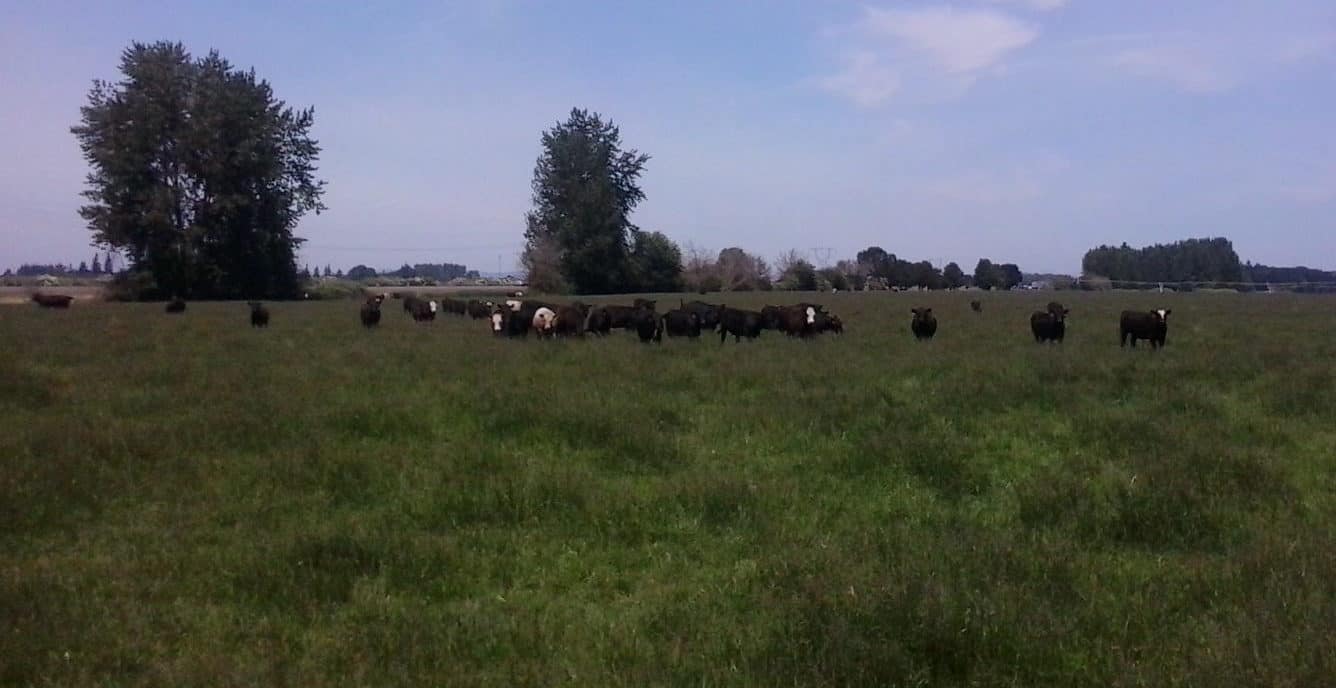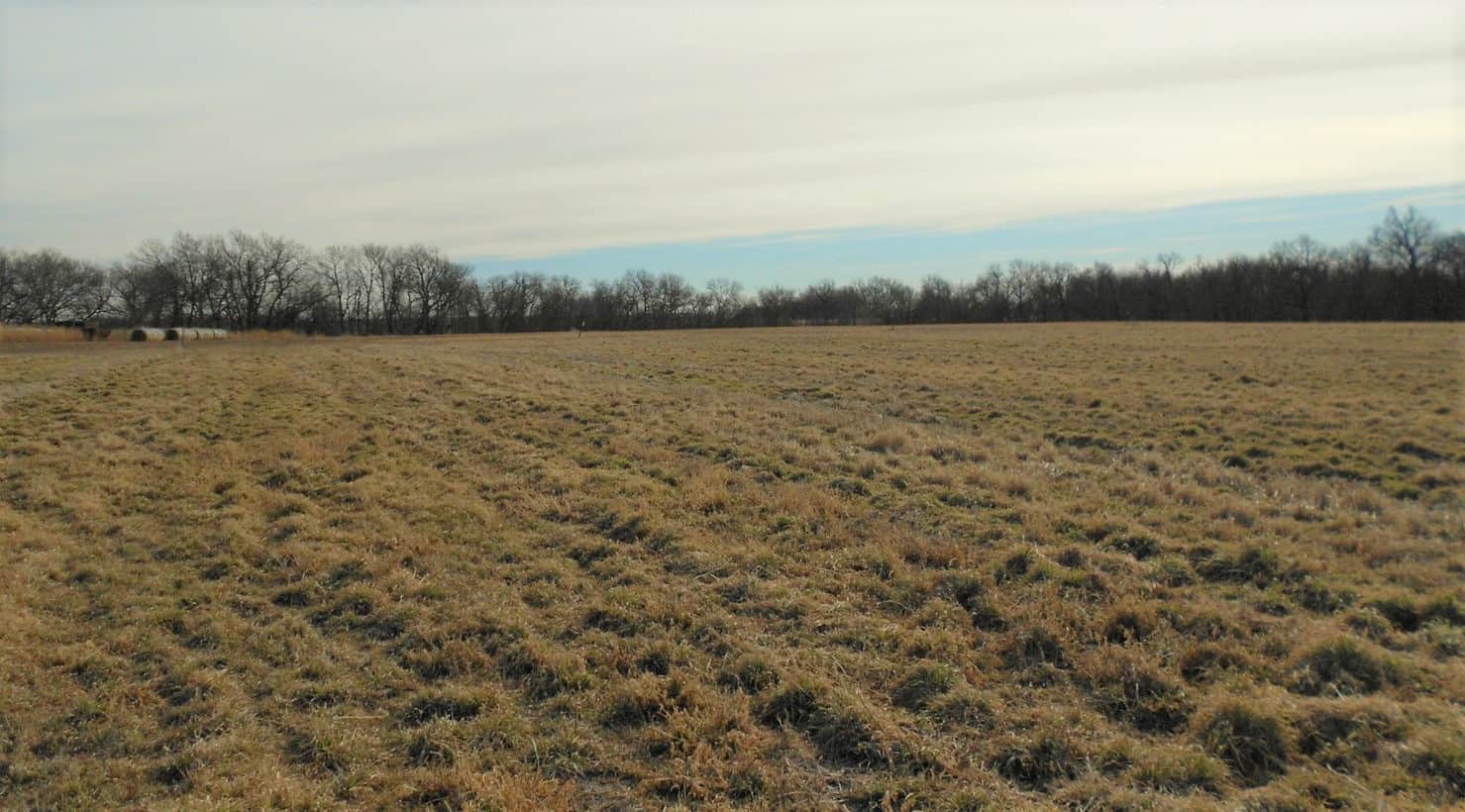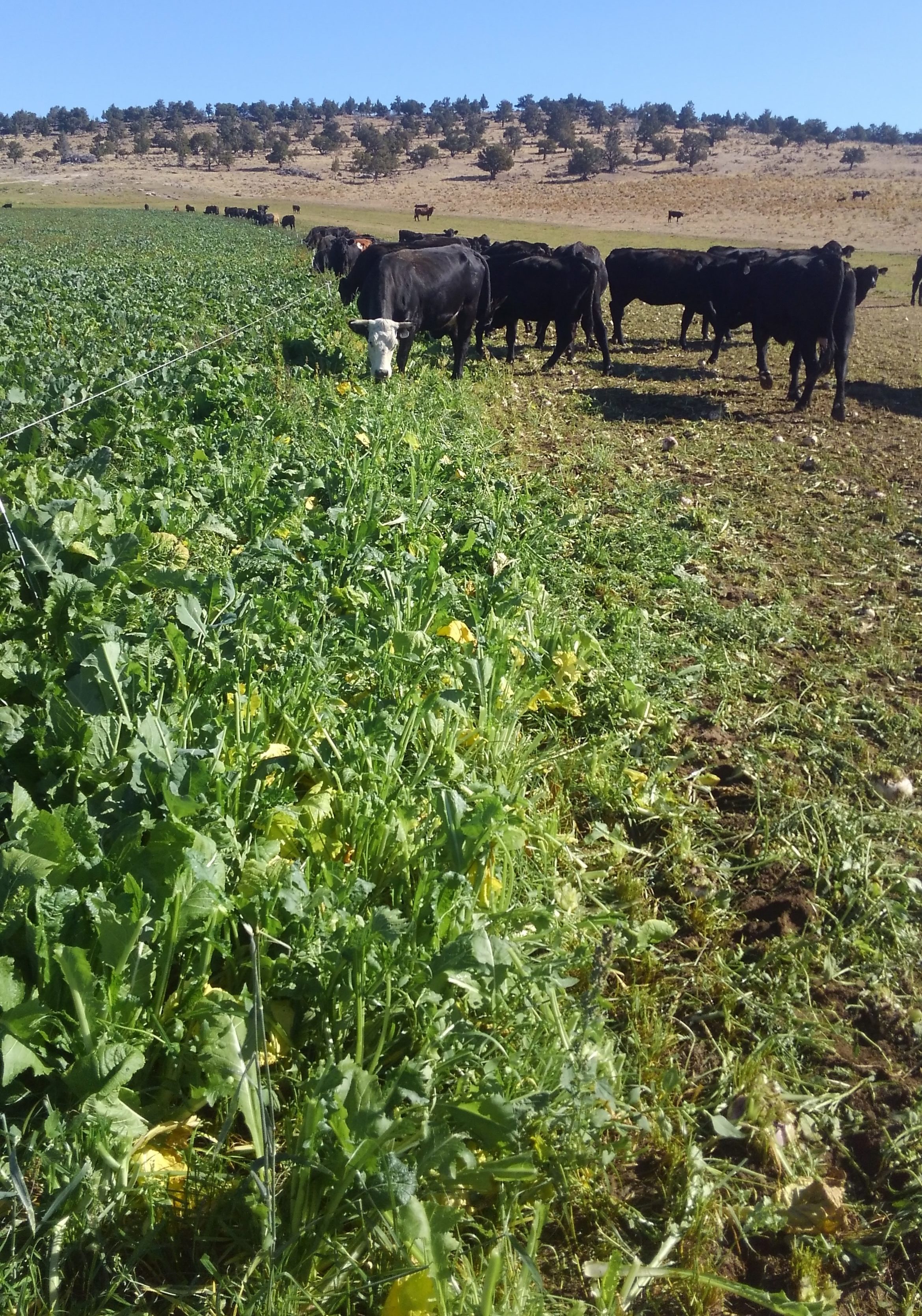
Forage brassicas play a key role in the success and profitability of perennial pastures. As a Complementary Forage System (CFS), brassicas extend the grazing season and forage quality beyond pasture-only scenarios. Warm and cool season perennial pastures exhibit yearly declines in quality and energy. Liveweight gains and milk production suffer, and feeding grain supplements is problematic. A yearly rotation of forage brassicas into a pasture system, 25- 30% of the farm, supplies high energy forage at a very low cost, while increasing overall dry matter production and distribution. It is also a cultural mechanism to renovate soil as it reduces off-farm rents and supplemental feeding. Using forage brassicas to supplement a perennial pasture, as part of a Complementary Forage System, is inherently regenerative and profitable.

